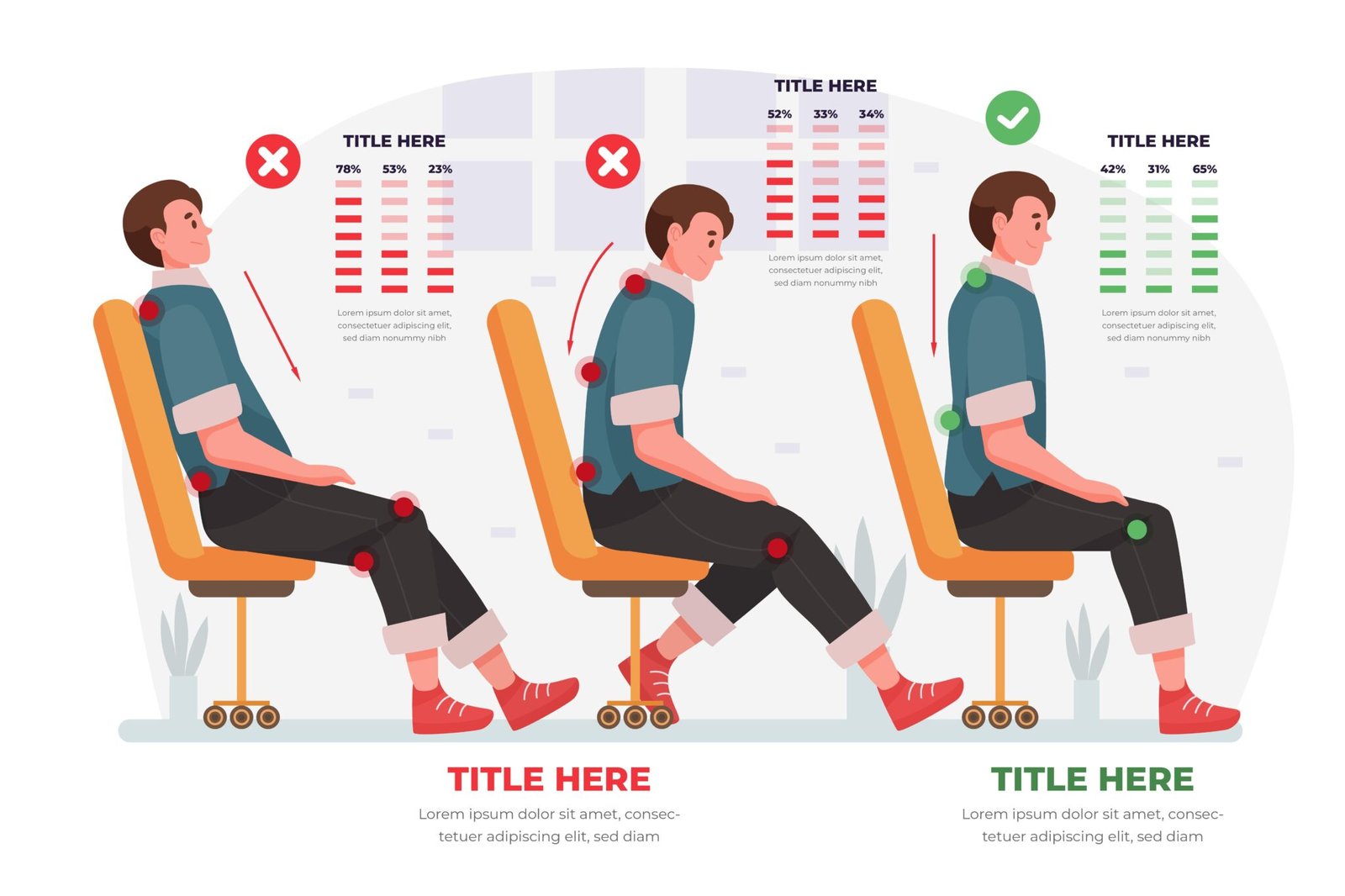Lower back pain is among the most common health issues many people face today. Lower back pain can be debilitating whether it’s from long hours at work, poor posture, or incorrect sitting positions. But the good news is that adjusting your sitting posture can make a significant difference. In this article, we’ll help you discover 7 best sitting positions for lower back pain and show you how to avoid common pain triggers that can worsen the problem.
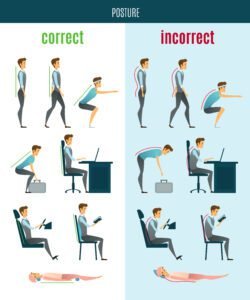
1. The Ergonomic Chair Position
To discover the 7 best sitting positions for lower back pain, starting with a chair supporting your spine is crucial. An ergonomic chair, which is designed to promote good posture, should be your first choice. Adjust the chair height so that your feet are flat on the floor, and your knees are at a 90-degree angle. Keep your back straight, and ensure that the chair provides adequate lumbar support to curve your lower back. This position reduces stress on your spine and helps to prevent pain triggers.
2. The 90-Degree Rule (Hips and Knees)
When you sit down, aim for a 90-degree angle at both your hips and knees. This position is one of the best ways to discover 7 best sitting positions for lower back pain relief because it minimizes pressure on your spine. Make sure your feet are flat on the floor and that your hips are level with or slightly higher than your knees. Avoid sitting with your legs crossed, as this can put unnecessary strain on your lower back.
3. The Reclining Position
Another way to discover 7 best sitting positions for lower back pain is by incorporating a reclining position into your routine. Reclining slightly in your chair with a backrest that supports your upper back and neck can alleviate pressure on your lower back. Ensure the angle of recline is no more than 100 degrees to keep your spine aligned. This position helps relax the lower back muscles and can reduce discomfort caused by long sitting sessions.
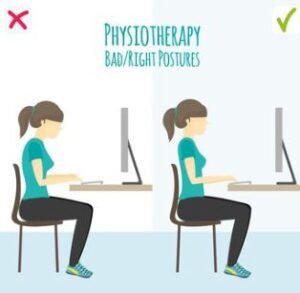
4. The Standing Desk Position
For those who spend long hours sitting at a desk, standing periodically is a great way to discover 7 best sitting positions for lower back pain relief. If possible, use a standing desk or take frequent breaks to stand and stretch. Standing with your spine straight helps relieve pressure on your lower back and can prevent stiffness that often leads to pain. Alternating between sitting and standing will keep your muscles active and reduce the risk of back pain.
5. The Cross-Legged Sitting Position
For those who prefer sitting on the floor, the cross-legged position can be a great option. However, it’s important to maintain good posture even in this position. Keep your back straight, and avoid slouching. The key to discovering 7 best sitting positions for lower back pain in a cross-legged position is to make sure your hips are open, and your pelvis is in a neutral position. You can also use a cushion or a pillow under your hips to reduce strain.
6. The Knees Elevated Position
Sometimes, sitting with your knees slightly elevated can be an effective way to discover 7 best sitting positions for lower back pain relief. Use a footrest or place a cushion under your knees when sitting in a chair. This position encourages a more neutral spine alignment and helps to reduce tension in the lower back. By elevating the knees, you also reduce the pressure on the lumbar discs, which can alleviate discomfort and prevent long-term pain.
7. The Seated Twist Position
A seated twist is another effective way to relieve lower back pain. To discover 7 best sitting positions for lower back pain, try incorporating gentle twists into your routine. Sit with your feet flat on the floor and your spine straight. Slowly rotate your torso to one side, keeping your lower body stable. This position helps to increase spinal flexibility and can release tension in the lower back muscles. Be sure to rotate gently and avoid forceful twists, as they can cause strain.
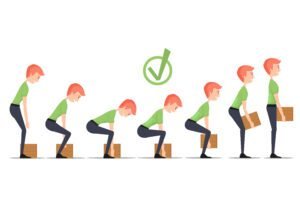
Stop These Pain Triggers While Sitting
While discovering the best sitting positions is crucial, it’s equally important to avoid common pain triggers that can exacerbate lower back discomfort. Here are a few habits to avoid:
- Slouching – Slouching puts unnecessary pressure on the spine and can lead to poor posture, increasing the risk of back pain. Always focus on sitting with your back straight and shoulders back.
- Prolonged Sitting – Sitting for long periods without moving can tighten the muscles in your lower back. Make sure to stand up, walk around, or stretch every 30-60 minutes.
- Crossing Legs – While crossing your legs might feel comfortable, it can misalign your pelvis and strain your lower back. Try to keep your feet flat on the floor or use a footrest if needed.
- Incorrect Chair Height – An improperly adjusted chair height can lead to poor posture and unnecessary stress on the lower back. Always adjust your chair so that your feet are flat on the floor and your knees are at a 90-degree angle.
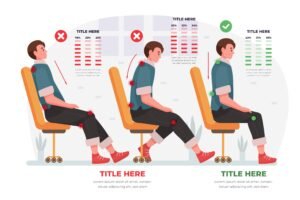
Conclusion: Discover 7 Best Sitting Positions for Lower Back Pain
By incorporating these 7 best sitting positions for lower back pain into your daily routine and being mindful of common pain triggers, you can significantly reduce discomfort and improve your overall posture. Remember, maintaining good posture, taking regular breaks, and choosing the right sitting positions can go a long way in protecting your lower back. So, discover 7 best sitting positions for lower back pain today, and take control of your spine health!

